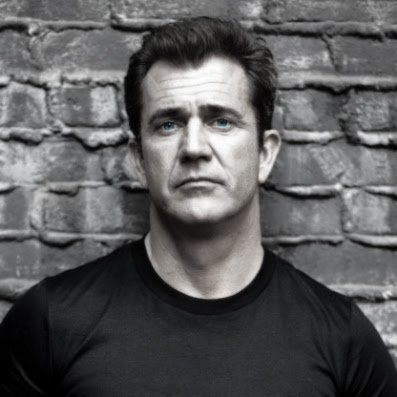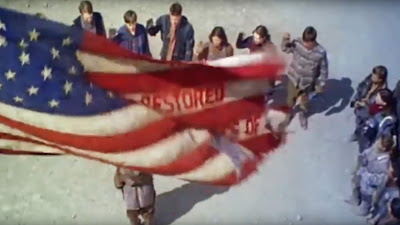Remember when DVD first hit the scene?
Like you, I went and bought every single movie I ever loved, or
liked, or was mildly interested in. I even went so far as to quit a
'lucrative' career as a retail assistant in a CD store to begin an
equally 'lucrative' career in a DVD shop. There, I would rarely end a
shift without purchasing something with my employee discount.
By 2005 I had moved on from working in
retail, yet I continued filling bookshelf upon bookshelf with DVD
purchases. It seemed my voraciousness to build my own personal
film library would never end. Until it did, sometime around 2010. No,
I didn't begin streaming videos or illegally downloading films. I
owned almost all the DVDs I wanted to own, and new movies just didn't
interest me enough to actually buy them. Sure, every once in a while
a film that was previously unreleased on DVD would materialise and
I'd eventually buy it. Or a favourite would require a double (or
triple) dip. Or Blu-ray. But for the most part, I gradually stopped
buying DVDs.
So what happened? Did the film industry
stop producing good movies? Where were the Blade Runners, the Rocky Horror Picture Shows, the cinematic failures that went on to be
revered cult classics? Where are the films you'd want to buy and
trawl through every special feature (including all 5 different audio
commentaries)? Which movies, if any, will this current generation get
nostalgic over in 30 years?
 |
| In 2046, will there be an uproar over an all male reboot of this? |
It was these questions that got me
thinking. Surely there have been some middle to low budget, high
quality movies since 2010. To prove to myself that there were, I went
back into the dark recesses of my DVD library to find which movies,
released from 2010 onwards, could possibly become cult or popular
classics in thirty years time. After careful inspection, here are five of my picks for potential future classics:


















































